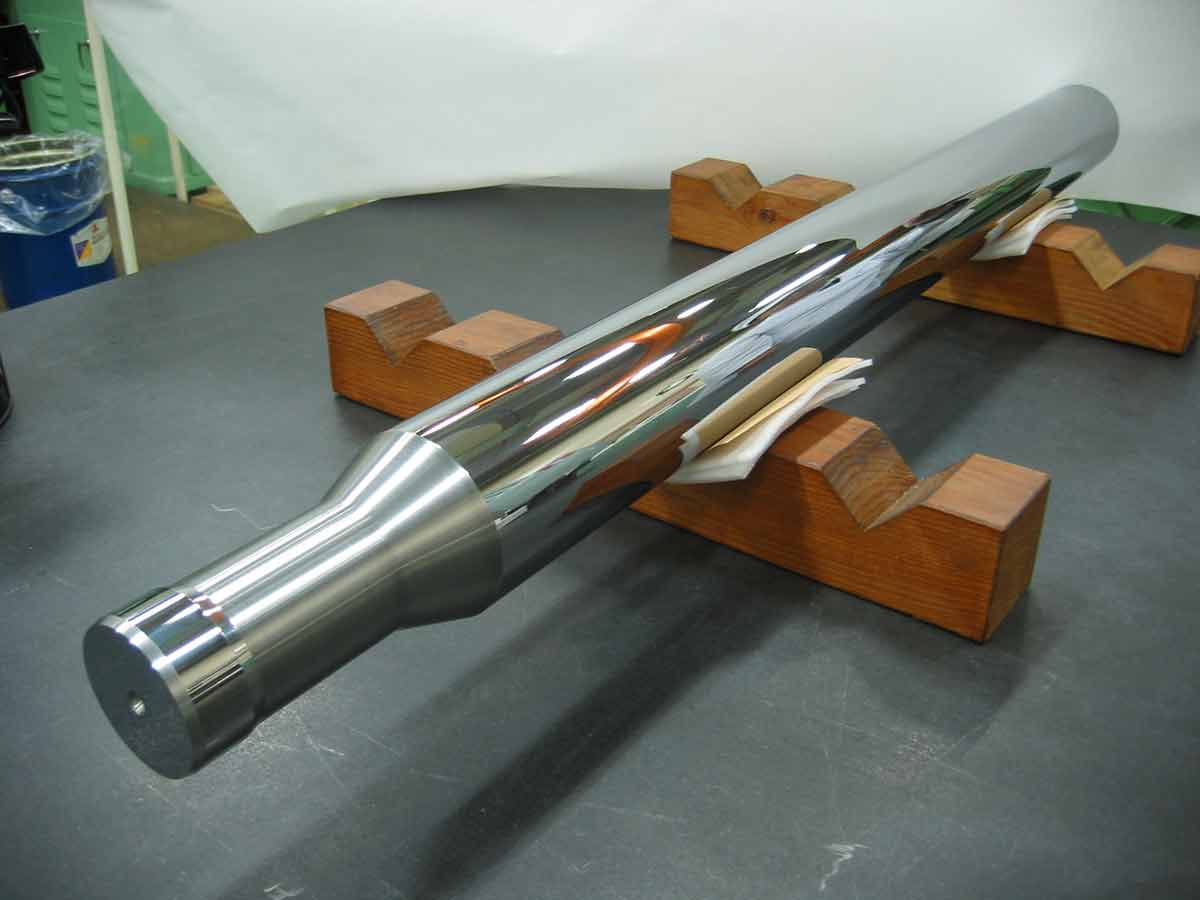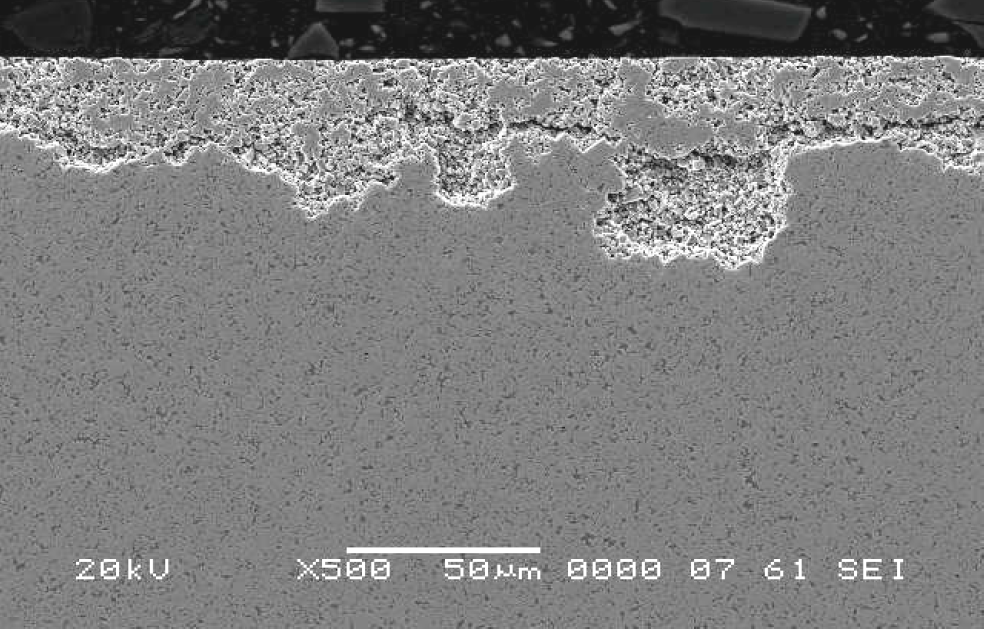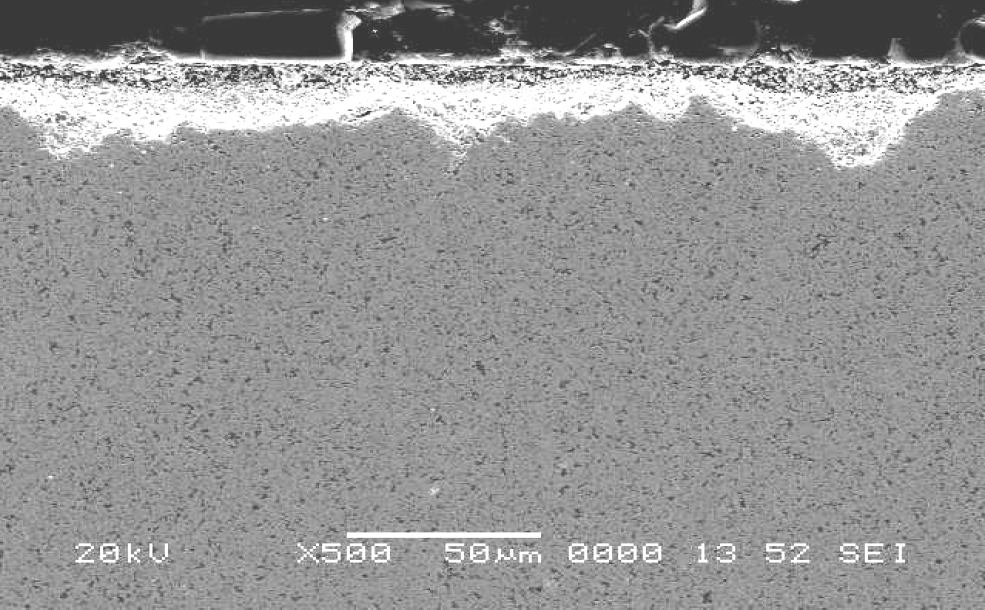Polymer production


Mitsubishi Materials plungers
CTD is a distributor of Mitsubishi Materials for the sales of new solid carbide hyper compressor plungers for end users in Europe, the Middle-East, Africa and several other countries worldwide. Mitsubishi Materials is producing hyper compressor plungers since 1970 and has made several thousand plungers since than. Mitsubishi Materials plungers are manufactured in house from powder to finished plunger. This makes it possible to control the quality from start to finish. All plungers are treated by the high pressure HIP process in order to reduce all porosities and flaws. This has led to the most stringent plunger specification actually on the market.

The increasing trend of LDPE copolymer production like EVA, EAA, EMAA and others has led Mitsubishi Materials to develop a corrosion resistant material GC20 for carbide plungers with mechanical properties that are even better than found in standard plunger grades. Surface corrosion on hyper compressor plungers will act as stress raiser and can induce cracks that can lead to plunger failure. Corrosion will also increase wear on packing rings and guide bush and can induced bronze build up. Therefore it has to be removed whcih is only possible by grinding. The resulting diameter reduction will of course reduce the life time of your plunger. If it is not removed in time it can lead to catastrophic plunger failure. Aside from corrosion caused by corrosive agents used in copolymer production, corrosion can also arise during handling or during plunger storage.
Mitsubishi Materials was the first company to recognize this problem and to develop a corrosion resistant grade for plungers named GC20. GC20 is the only corrosion resistant plunger grade on the market with a proven performance. Because of its superior mechanical properties it is now also used for non-corrosive applications.

Differnce between depth of attack of standard plunger material (above) and GC20 (below) in long term corrosion test in 50% acetic acid at 50°C.
